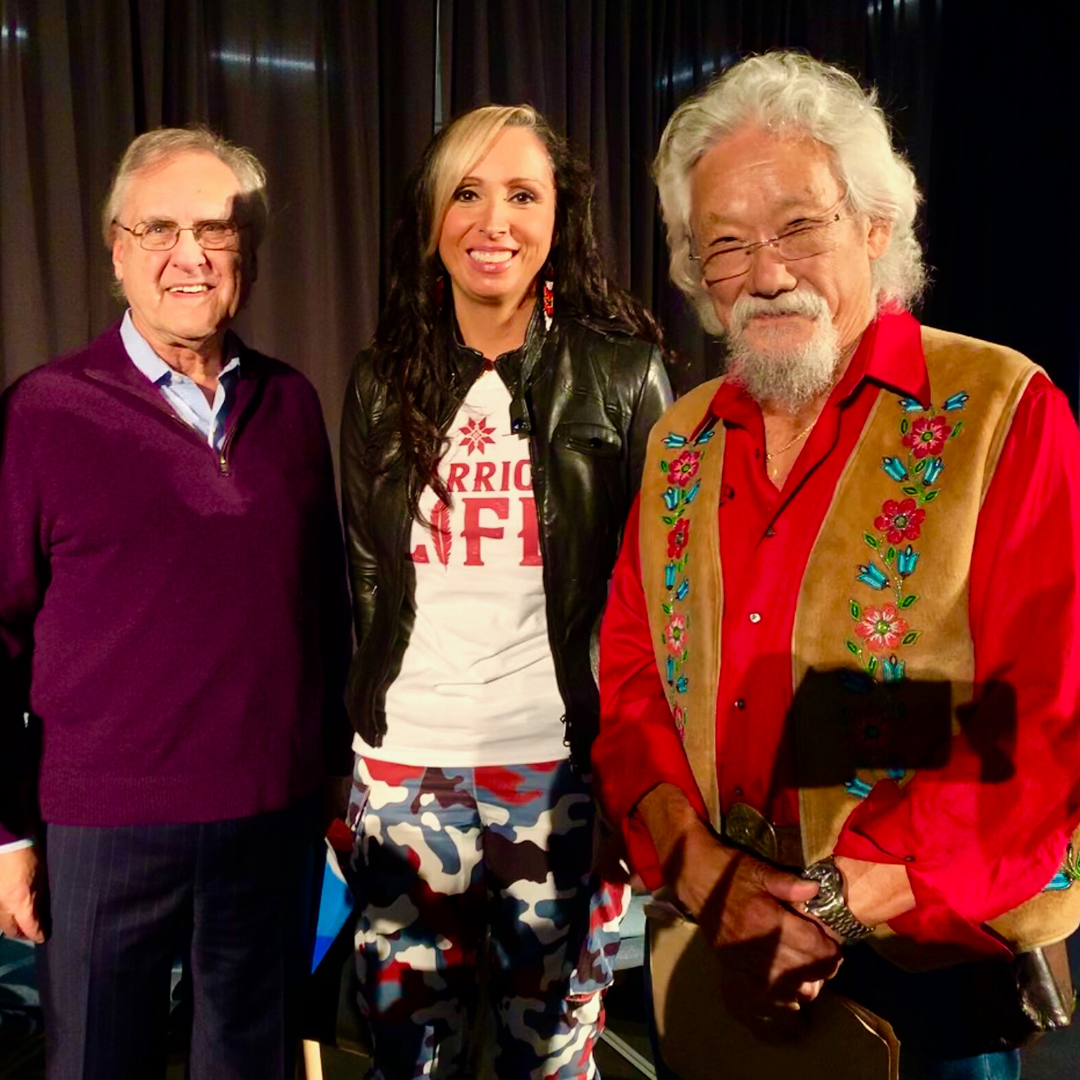This blog is an excerpt of the speech that I gave at the Climate Tour with David Suzuki and Stephen Lewis, on October 4, 2019 in Winnipeg, Manitoba at the University of Winnipeg on Treaty 1 territory. (Check against delivery). Kwe n’in telusi Pam Palmater. It is an honour to be here on Indigenous territory…
Continue reading…about A Modern Treaty to Save Our Peoples and The Planet
